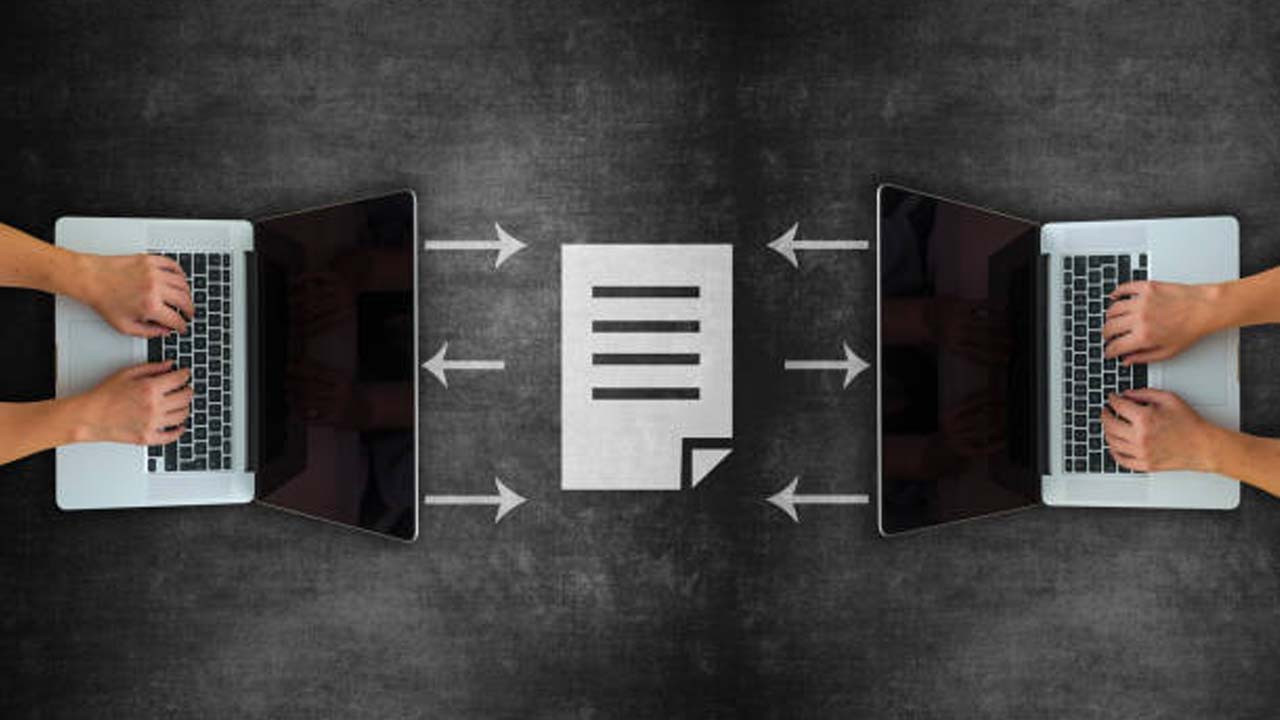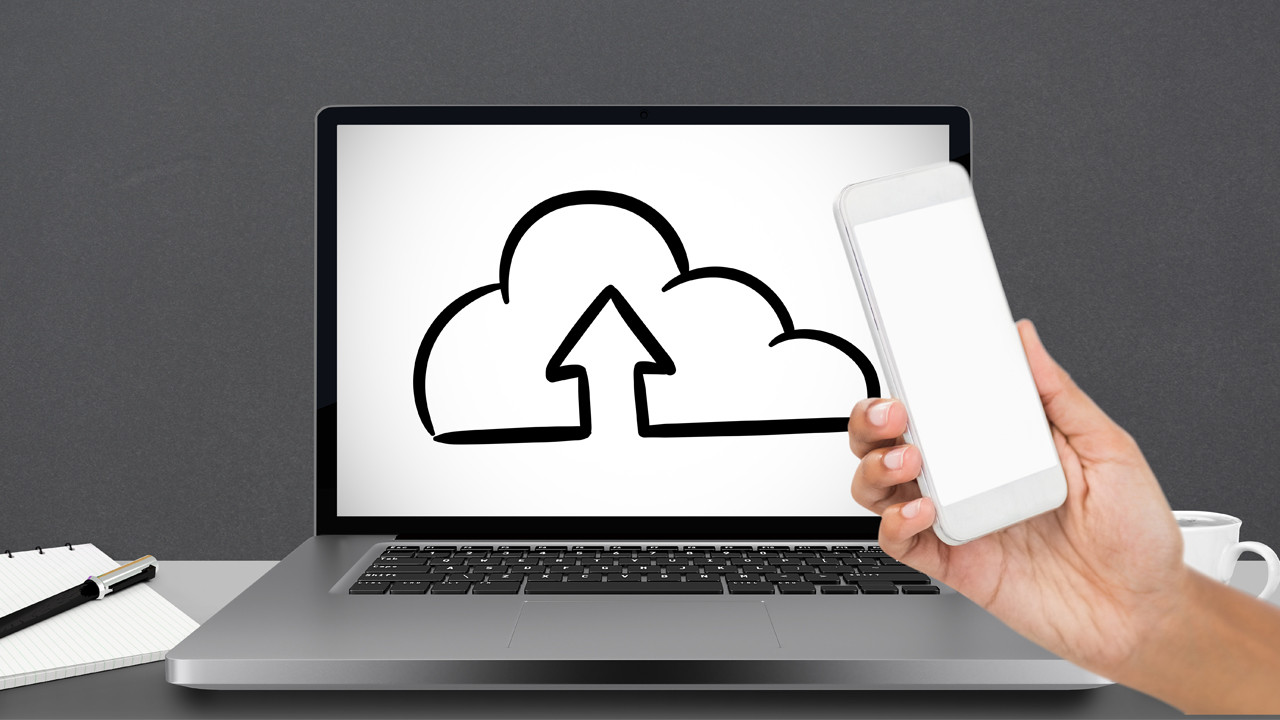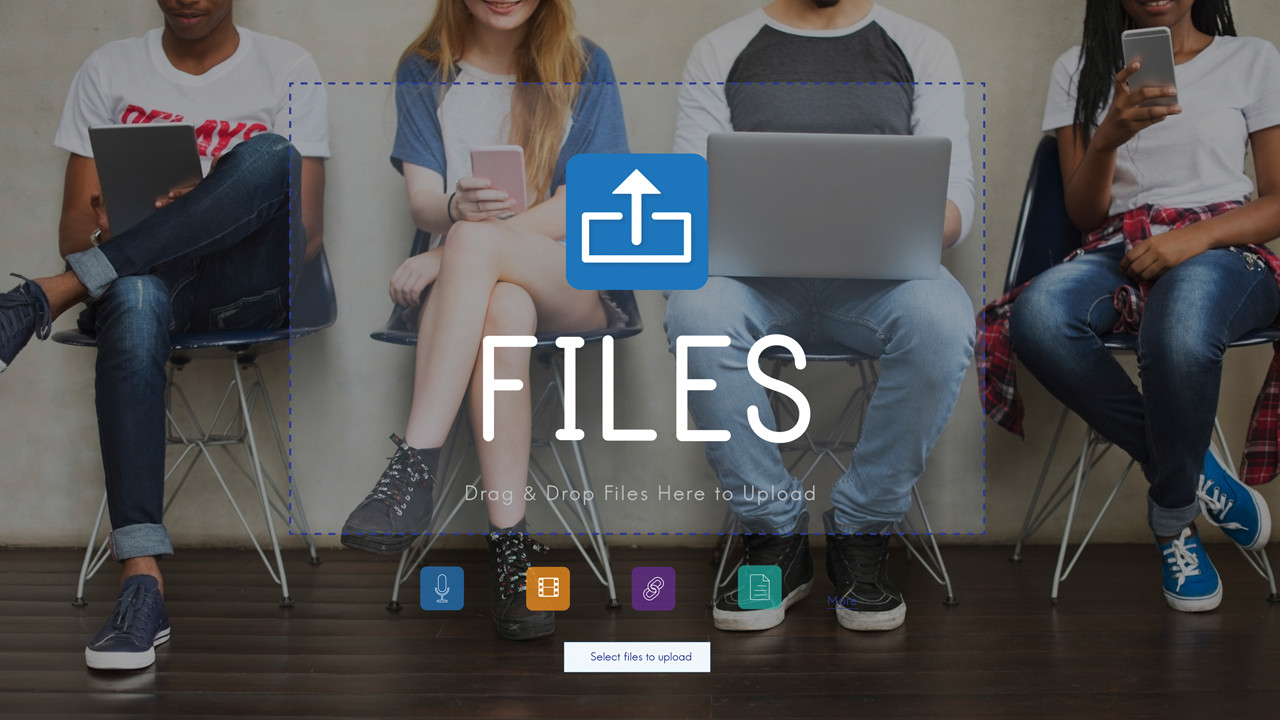In today's digital age, sending large files is a common necessity for both personal and professional communication. Whether it's high-resolution images, lengthy videos, or substantial documents, the need to share large files efficiently and securely is paramount. However, email platforms often have file size limitations that can impede this process. This article provides a comprehensive guide on how to send large files through Gmail, addressing common issues and presenting various solutions.
Gmail's File Size Limit
Gmail, like many email services, has a file size limit for attachments. Currently, Gmail's attachment size limit is 25 MB. This limitation can be a significant hurdle when trying to send large files directly through email. When a file exceeds this size, Gmail automatically uploads the file to Google Drive and includes a link to the file in your email. While this is a useful feature, understanding the nuances of Gmail's file size limits and alternative methods for sending large files is essential.
Preparing Large Files for Email
Compressing Files
Compressing files can reduce their size, making them easier to send via email. Here's how to compress files on different operating systems:
How to Compress Files on Windows
-
Right-click on the file or folder you want to compress.
-
Select "Send to" and then "Compressed (zipped) folder."
-
A new compressed folder will appear in the same location as the original file.
How to Compress Files on Mac
-
Right-click (or Ctrl-click) on the file or folder you want to compress.
-
Select "Compress [filename]."
-
A new compressed file will appear in the same location as the original file.
Splitting Files into Smaller Parts
If compressing the file doesn't reduce it enough, you might consider splitting it into smaller parts. There are various tools available for this purpose:
Tools for Splitting Files
-
7-Zip: An open-source file archiver that can split files into smaller chunks.
-
WinRAR: A powerful compression tool that also offers file splitting options.
Rejoining Split Files
Most file-splitting tools also provide options to rejoin the files. Ensure the recipient has the same tool to recombine the parts.
Using Google Drive
Google Drive is a cloud storage service integrated with Gmail, making it a convenient option for sending large files.
How to Upload Files to Google Drive
-
Open Google Drive.
-
Click on the "+ New" button and select "File upload."
-
Choose the file you want to upload and wait for the upload to complete.
Sharing Google Drive Links in Gmail
-
Compose a new email in Gmail.
-
Click on the Google Drive icon at the bottom of the compose window.
-
Select the file you uploaded to Google Drive.
-
Ensure the sharing settings are appropriate for your needs (e.g., "Anyone with the link can view").
-
Click "Insert" to add the link to your email.
Managing Permissions on Google Drive
-
You can manage who can view, comment, or edit your file by clicking on the "Share" button in Google Drive and adjusting the settings.
SpeedyUpload Is Reliable For Large Files
SpeedyUpload is gaining recognition as a trustworthy file-sharing platform, offering a robust alternative to established services like Smash. It excels in both speed and simplicity, making it effortless for users to send files exceeding 2GB in size.
The process is straightforward: users upload their files, receive a shareable link, and can then easily distribute it to their intended recipients. This platform's user-friendly interface and commitment to seamless file transfers make it particularly appealing for those prioritizing a hassle-free experience when sharing large files.
Multiple Uploads: No more waiting between uploads—you can transfer multiple files simultaneously.
Transfer by Email: Send files directly to recipients' inboxes using SpeedyUpload's email transfer feature.
Generate Links: Easily share files by generating a link that grants access without needing email addresses.
Track Transfers: Utilize a personalized dashboard to monitor the status of shared files and transfers.
Get Notified: Receive notifications when recipients access your shared links, ensuring you're informed of their actions.
Manage Transfers: Efficiently oversee all transferred files through your customized SpeedyUpload dashboard, maintaining control and organization.
Using Third-Party Services
If you prefer not to use Google Drive, several third-party services offer file-sharing options:
WeTransfer
WeTransfer allows you to send large files up to 2 GB for free. Here's how to use it with Gmail:
-
Visit the WeTransfer website.
-
Upload your file.
-
Enter the recipient's email address and your message.
-
WeTransfer will email a download link to your recipient.
Dropbox
Dropbox is another popular cloud storage service. To share files via Dropbox and Gmail:
-
Upload your file to Dropbox.
-
Copy the shareable link.
-
Paste the link into your Gmail message.
OneDrive
OneDrive, integrated with Microsoft products, also allows easy file sharing:
-
Upload your file to OneDrive
-
Generate a shareable link.
-
Insert the link into your Gmail email.
Advanced Tips
For added security and control, consider these advanced tips:
Encrypting Files for Security
-
Use encryption tools like VeraCrypt or built-in options in compression tools to protect your files.
Setting Expiration Dates for Shared Links
-
Some services, like WeTransfer Pro and Dropbox Professional, allow you to set expiration dates for links.
Tracking File Downloads and Views
-
Certain services provide tracking features so you can see when your files have been accessed.
Troubleshooting
Despite the best preparations, issues can still arise. Here are some common problems and their solutions:
Common Issues and Solutions
-
File Compatibility: Ensure the recipient has the necessary software to open your files.
-
Storage Limits: Be mindful of your cloud storage limits and clear out unnecessary files regularly.
Frequently Asked Questions (FAQs)
What is the Maximum File Size You Can Send via Gmail?
-
The maximum file size for attachments is 25 MB. For larger files, Gmail will use Google Drive.
Can I Send a Large File Without Using Google Drive?
-
Yes, you can use third-party services like WeTransfer, Dropbox, or OneDrive.
How Do I Know if the Recipient Has Downloaded the File?
-
Use file-sharing services that offer tracking features to monitor downloads.
Conclusion
Sending large files through Gmail doesn't have to be a daunting task. By utilizing Gmail's integration with Google Drive, compressing files, and leveraging third-party services, you can efficiently share large files with ease. Remember to consider file security and manage permissions appropriately to ensure a smooth sharing experience.






Comments (0)